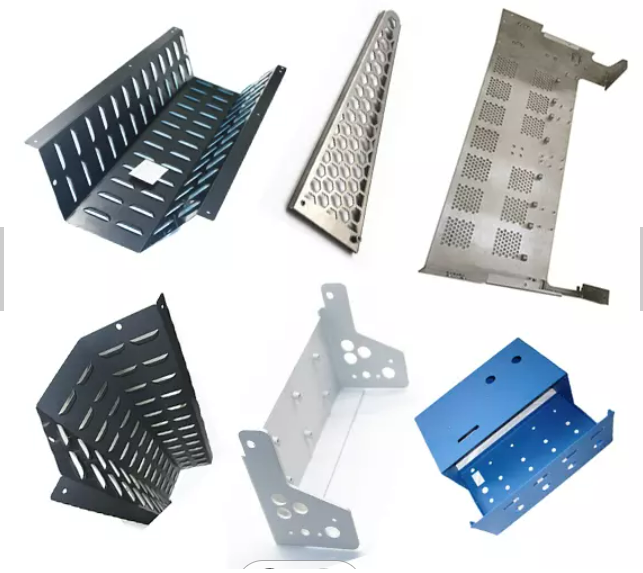Why automate the sheet metal production line?
The automated sheet metal production line consists of a series of workstations connected by a transmission system and an electrical control system. Each station performs a specific operation, and the product is processed step by step along the production line according to a pre-defined production sequence.
The use of automated production lines frees humans from the drudgery of repetitive tasks—replaces human labor in tasks performed in hazardous environments, and performs tasks that exceed human size, weight, speed, and endurance. Products produced by automatic lines should have a large enough output; product design and technology should be advanced, stable, reliable, and remain basically unchanged for a long time. The use of automatic lines in mass production can increase labor productivity, stabilize and improve product quality, improve labor conditions, reduce production floor space, reduce production costs, shorten production cycles, ensure production balance, and have significant economic benefits.
The characteristic of the automatic production line is that the processing object is automatically transferred from one machine tool to another machine tool, and the machine tool automatically performs processing, loading and unloading, inspection, etc.; the task of the worker is only to adjust, supervise and manage the automatic line, and does not participate in direct operation. All machinery and equipment operate in a unified rhythm, and the production process is highly continuous.
An automated production line does not require personnel directly involved in the operation, and all or part of the production process is completed by mechanical equipment and automation systems. Thus, in an automated environment, human tasks are more likely to shift to system design, tuning, supervising, and monitoring the operation of the system rather than directly controlling it.
There are three types of automation in production: hard automation (fixed automation), programmable automation and soft automation (flexible automation). The type of automation to use depends on the product type and quantity.
According to programming commands, an automated production line is a process in which raw materials enter and finished products leave, with little human intervention required. A fast, stable and accurate production process helps reduce production time and cost of manufacturing products. The use of automated production lines greatly reduces production costs and labor costs, minimizes human error, and ensures consistency and quality of output.
The main advantages of sheet metal automation:
- Highly automated procedures without manual operation;
- High work efficiency, improve enterprise production efficiency;
- The production process of the whole process is stable and the consistency of products is improved;
- It is suitable for mass production and reduces the production cost of enterprises.
Well-planned automation investments can also bring good financial benefits, with a two- to three-year return on reduced labor costs equivalent to a 30%-50% return on investment. The automatic sheet metal production line is tailored according to the actual needs of the site, ensuring the highest flexibility and flexibility, so that customers can get suitable solutions.

